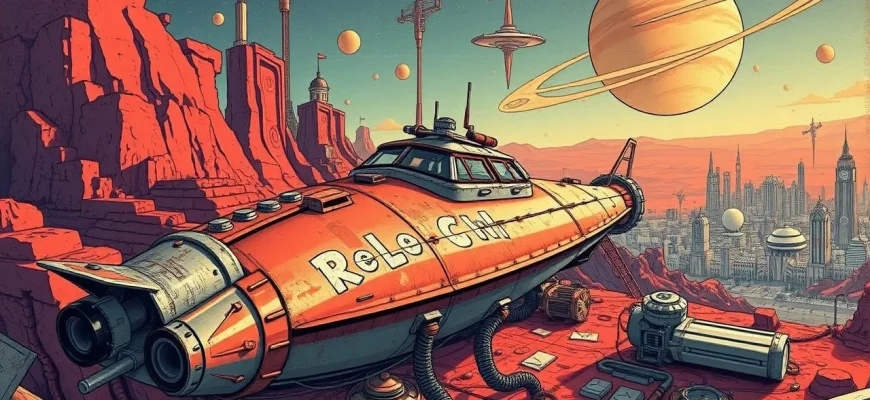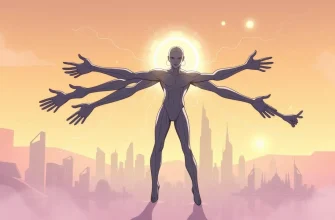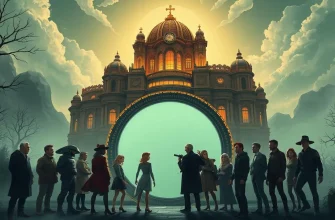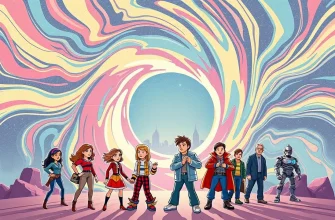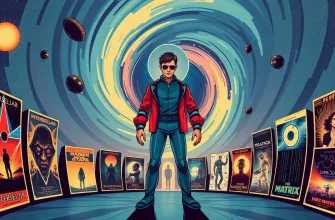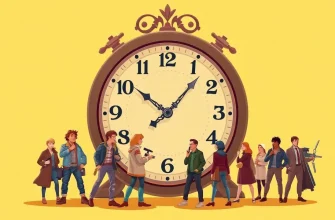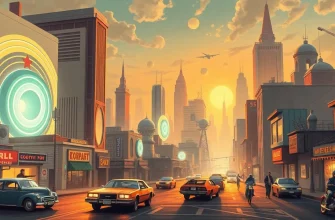Fancy a break from the mundane? These ten films are your ticket to escape into realms beyond imagination. From parallel universes to distant planets, each film offers a unique adventure, showcasing the limitless creativity of sci-fi storytelling. Whether you're a seasoned sci-fi enthusiast or a curious newcomer, this collection promises to transport you to places you've never dreamed of.

Stargate (1994)
Description: An ancient device opens a portal to a distant planet, where an archaeologist and a military team encounter an alien civilization with ties to Earth's past.
Fact: The film led to a successful TV series, expanding the universe and lore. The Stargate itself was inspired by the cover of a pulp sci-fi magazine.
 Watch Now
Watch Now
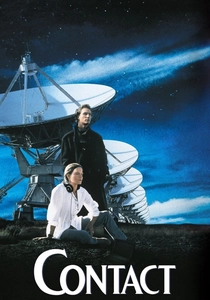
Contact (1997)
Description: Jodie Foster stars as an astronomer who receives a message from an alien civilization, leading to a journey that challenges her beliefs and humanity's place in the cosmos.
Fact: Carl Sagan, who wrote the novel, was heavily involved in the film's production. The film's ending was changed to be more ambiguous than in the book.
 Watch Now
Watch Now

The Fifth Element (1997)
Description: In a futuristic New York, a cab driver becomes embroiled in a cosmic battle involving a mysterious woman who is the key to saving the universe.
Fact: The film's futuristic cityscape was inspired by the works of Jean Giraud (Moebius). The character Leeloo was originally conceived as a male role.
 Watch Now
Watch Now
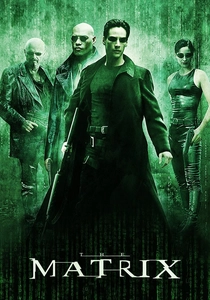
The Matrix (1999)
Description: A mind-bending journey into a simulated reality, "The Matrix" explores themes of destiny, control, and the nature of reality itself, making it a cornerstone of sci-fi cinema.
Fact: The film's "bullet time" effect revolutionized action scenes in movies. The Wachowskis were inspired by anime, cyberpunk literature, and philosophical ideas.
 Watch Now
Watch Now
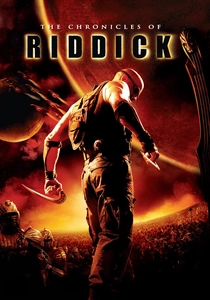
The Chronicles of Riddick (2004)
Description: This sequel to "Pitch Black" sees Riddick navigating through a universe of bounty hunters, religious zealots, and a planet that's literally a prison. It's a wild ride through different worlds, each with its own set of challenges and creatures.
Fact: Vin Diesel not only stars but also co-wrote the story. The film's visual effects were groundbreaking for its time, creating a vivid, otherworldly atmosphere.
 Watch Now
Watch Now
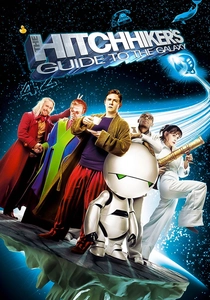
The Hitchhiker's Guide to the Galaxy (2005)
Description: Based on Douglas Adams' beloved book, this film takes viewers on a humorous journey through space, introducing us to the absurdity of the universe.
Fact: The film includes a cameo by Douglas Adams himself, who passed away before the film's release. The movie features a unique visual representation of the guidebook.
 Watch Now
Watch Now
Avatar (2009)
Description: James Cameron's epic tale of a human soldier who becomes part of an alien race on the lush world of Pandora, showcasing breathtaking visuals and a deep connection to another world.
Fact: "Avatar" was the first film ever to be released in 3D worldwide. It holds the record for the highest-grossing film of all time.
 Watch Now
Watch Now

Interstellar (2014)
Description: Christopher Nolan's exploration of space-time, wormholes, and the survival of humanity, as astronauts travel through a wormhole in search of a new home for mankind.
Fact: Real scientists, including Kip Thorne, were consulted to ensure the film's depiction of black holes and time dilation was scientifically accurate.
 Watch Now
Watch Now
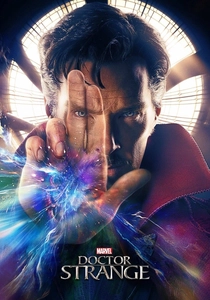
Doctor Strange (2016)
Description: A surgeon's journey into the mystic arts leads him through alternate dimensions, battling dark forces and learning to manipulate reality itself.
Fact: The film's visual effects team won an Academy Award for their innovative work on the film's magical sequences. Benedict Cumberbatch was cast after a fan campaign.
 Watch Now
Watch Now
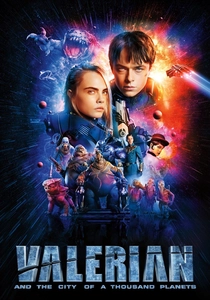
Valerian and the City of a Thousand Planets (2017)
Description: Based on the French comic series, this film follows two space operatives on a mission to Alpha, a sprawling metropolis where species from across the universe coexist.
Fact: The film's director, Luc Besson, had been wanting to make this film for over 20 years. The movie features over 2,000 visual effects shots.
 Watch Now
Watch Now

